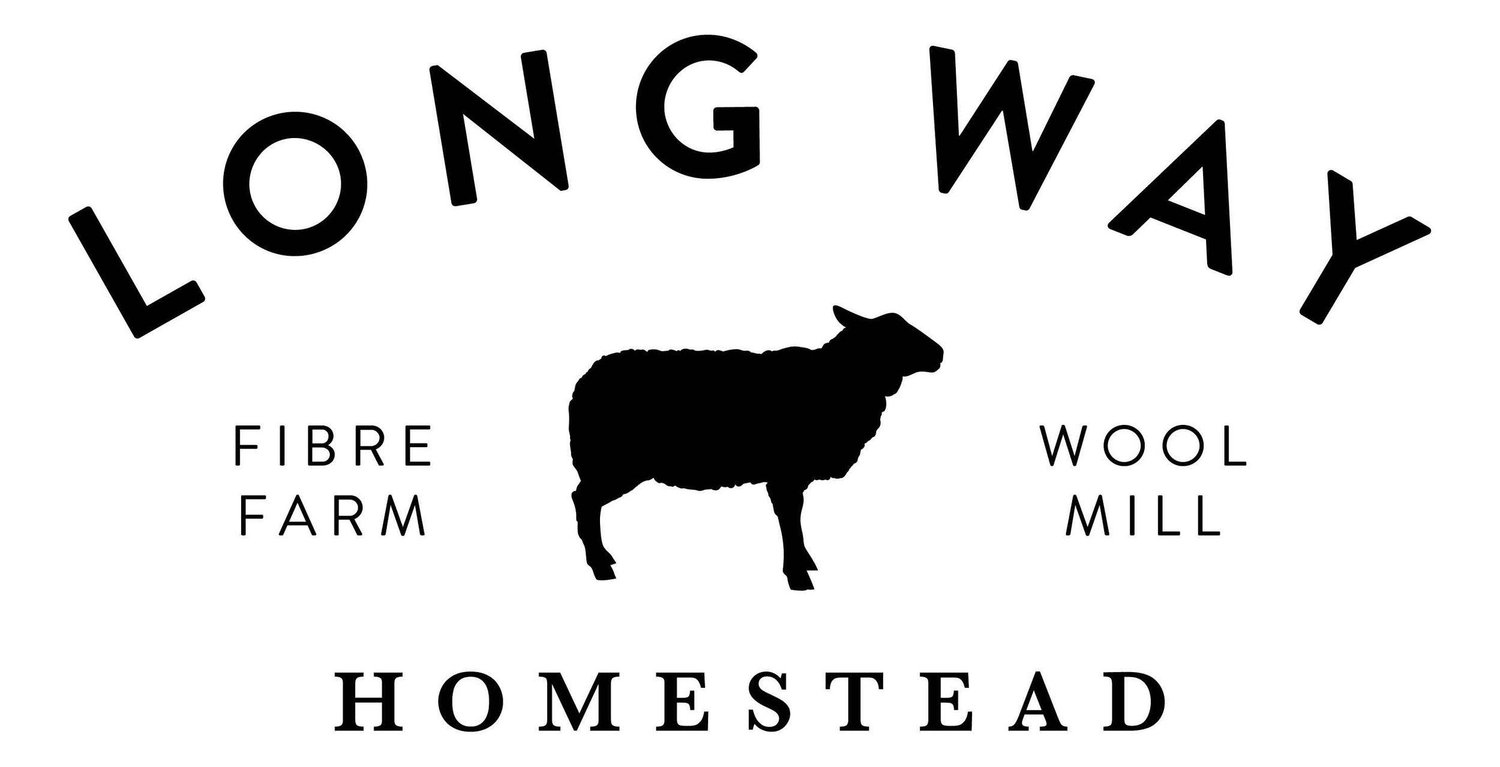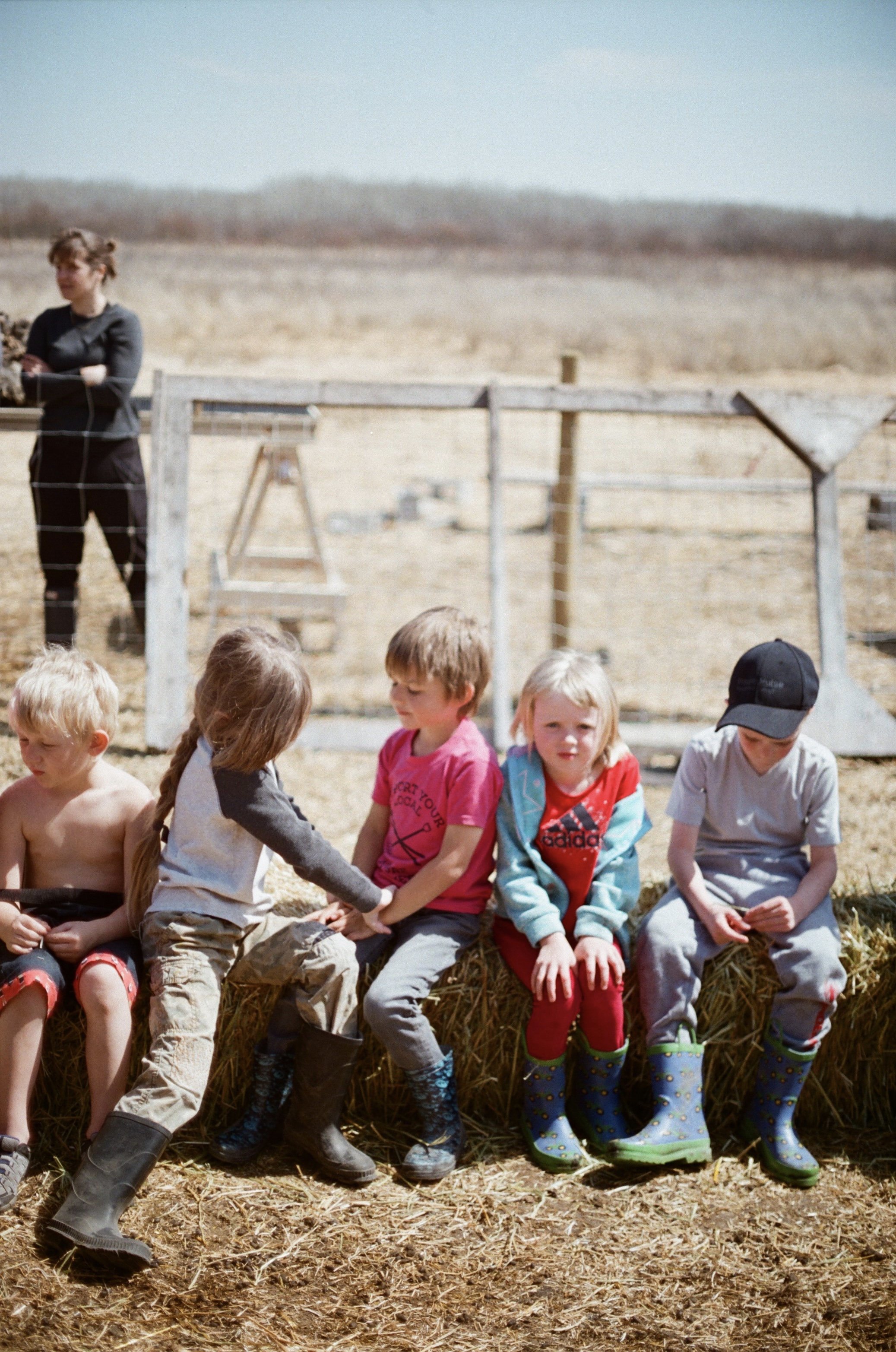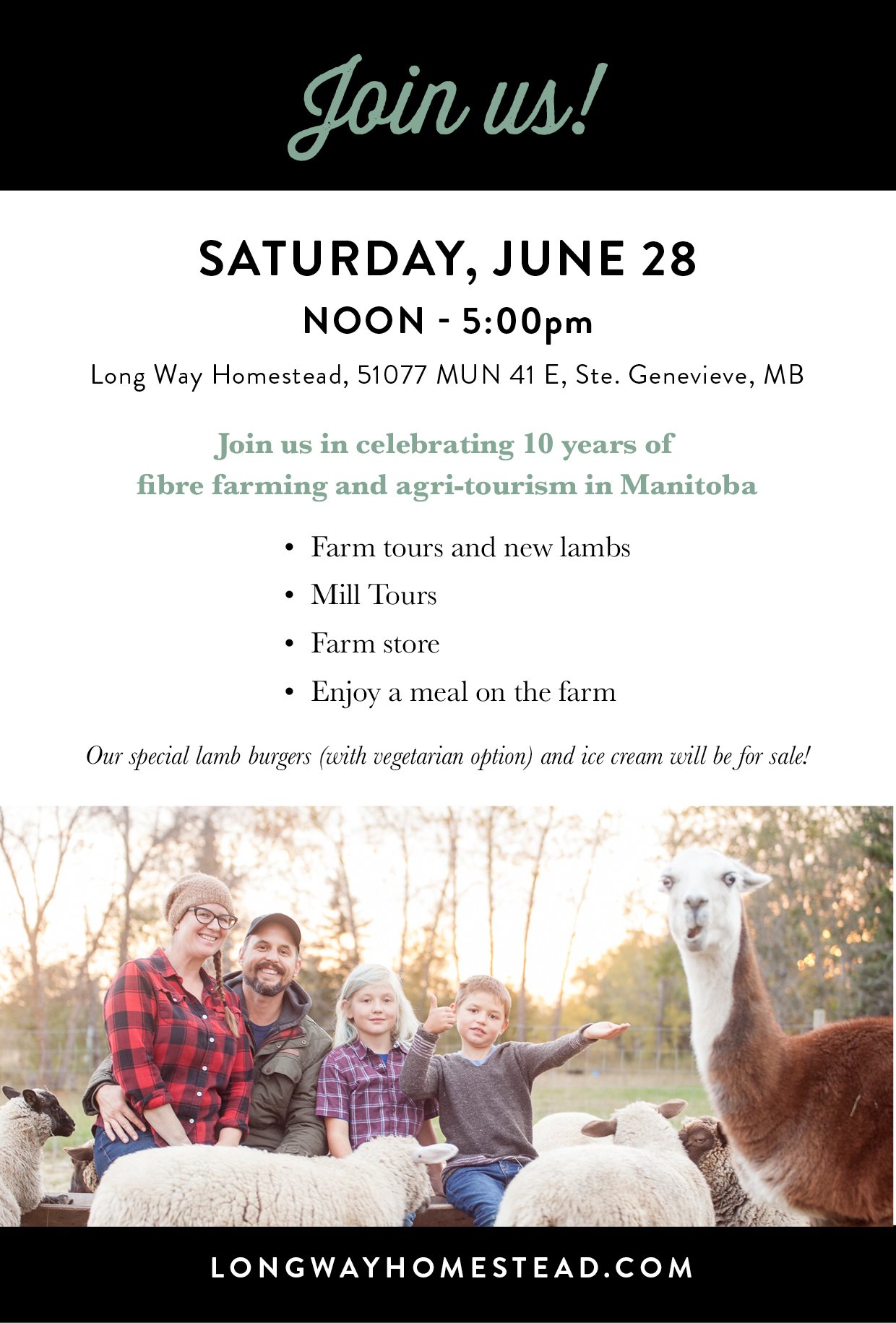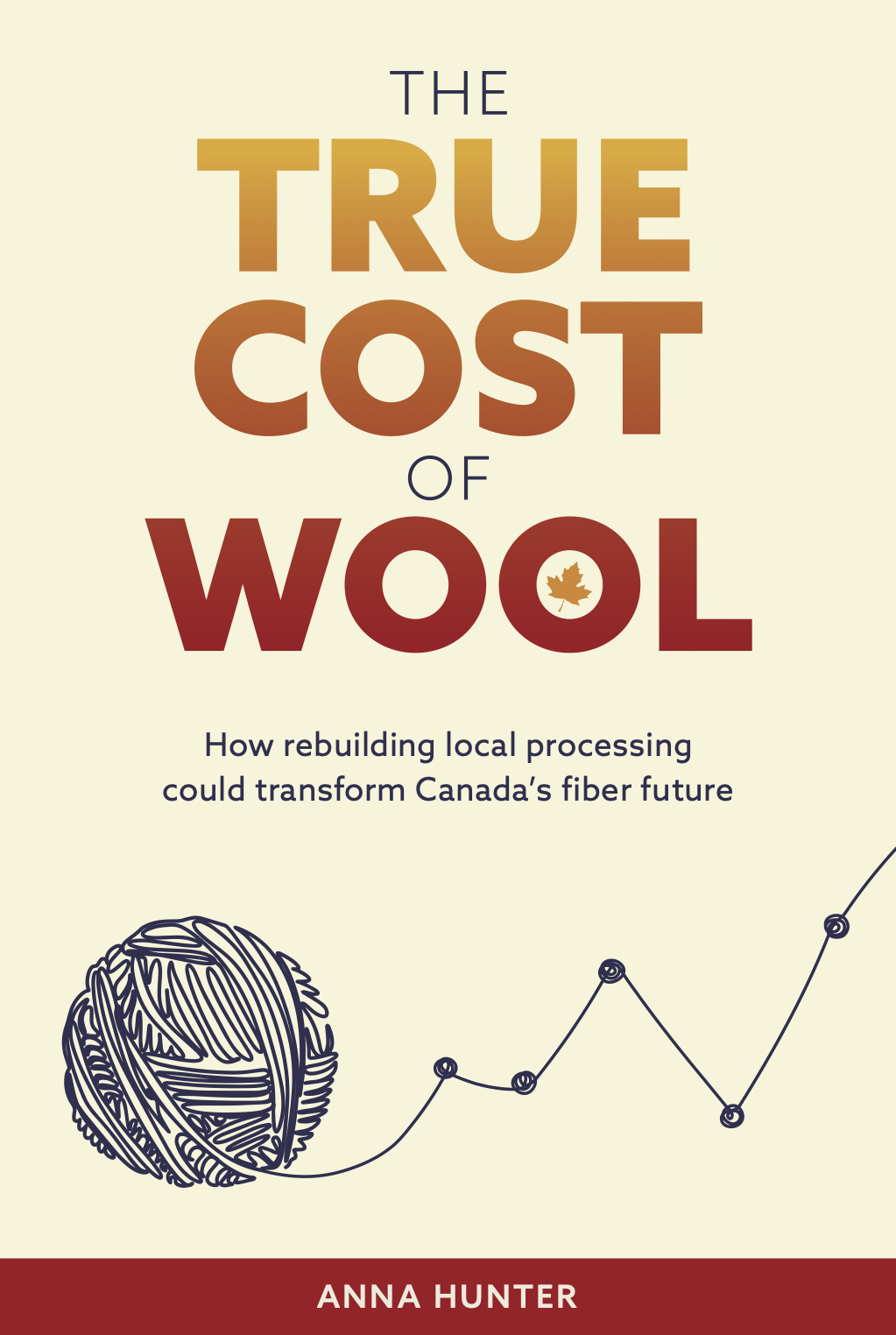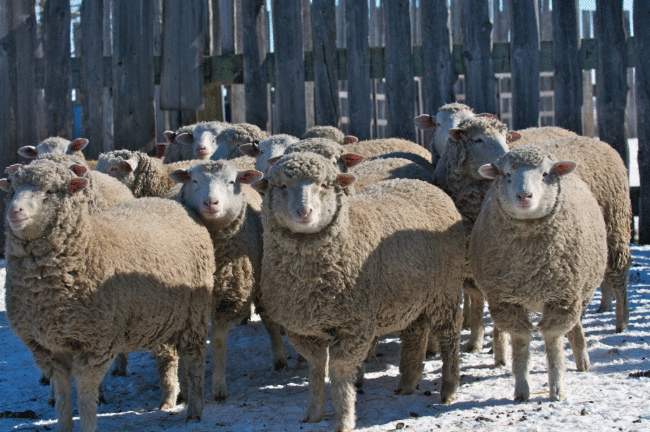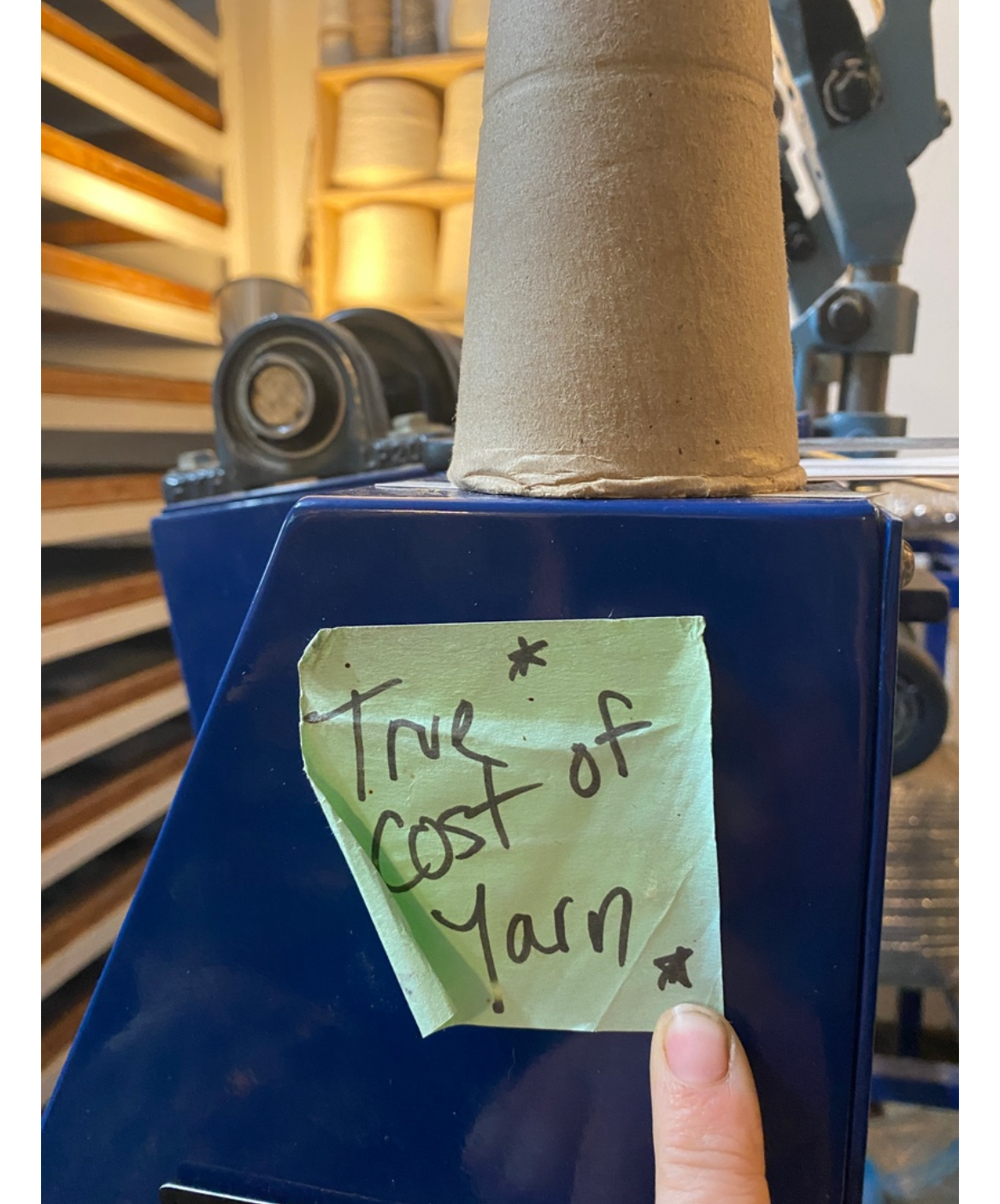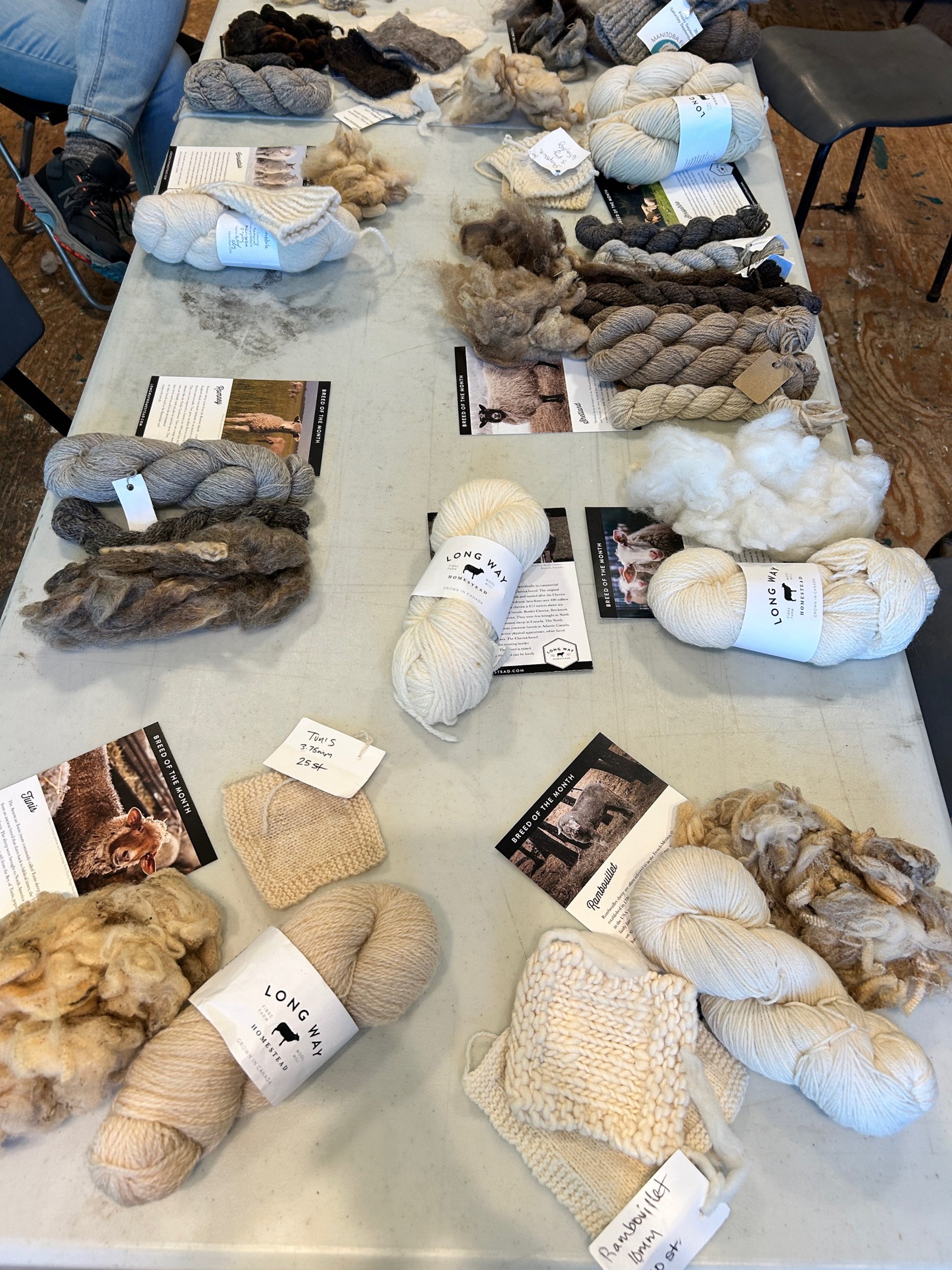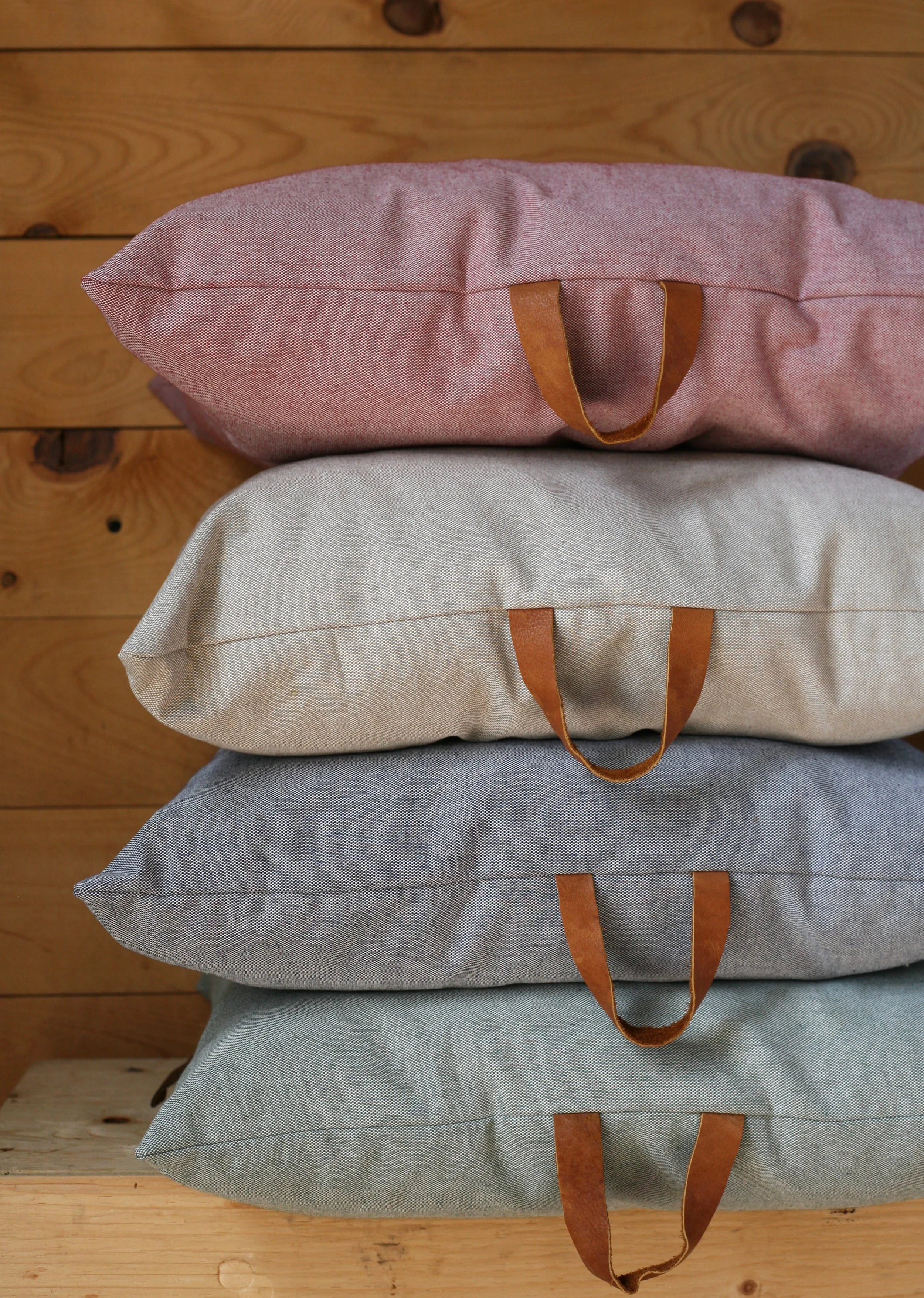This is part personal reflection on the last 10 years, part photo gallery (Cause my kids were so damn cute as little ones) and part links to luke’s past blog posts - if you haven’t read them you definitely should - he is incredibly funny.
On May 15, 2015 Luke and I and our two kids and small u-haul of stuff showed up in Manitoba to start a new chapter of our life as homesteaders/farmers. We had no idea what we were in for, but we had big dreams and we were ready to go.
We didn’t necessarily have a plan to ‘farm’ in terms of it being a business, we mostly wanted to just grow our own food, learn some of those important self-sufficiency skills and have room for our kids to grow up (a little feral).
We found our home/farm very quickly after arriving in Manitoba - and although we really had no idea what we were looking for, and perhaps would’ve made a different decision now that we do know - we moved to our farm on June 23rd, 2015.
Two weeks later we picked up our first 6 baby chicks. They lived in a cardboard box in our family room under a heat lamp. (That was a quick lesson - keeping chickens in your house is really quite gross once they get bigger, I don’t recommend it).
We learned a lot that first year:
Poison Ivy grows everywhere
Prairie sunsets and thunder storms are incredibly powerful
Our soil is mostly clay (and our farm is mostly swamp)
Food always tastes better when eaten outside, around a fire
Year 1 - 2015: New home and new chicks
A lot of people say chickens are the gateway animal for farming, and it’s true. There have never been chickens that are so well cared for and taken care of as those first 6 chickens we had. They went everywhere with my kids (whether they wanted to or not) including sled rides in the winter, we built the nicest chicken coop in the world (it has cedar shingles of course), and then everything changed on December 13, 2015.
Our first homegrown egg.
After that first egg was thoroughly enjoyed we realized we could totally do this… we moved on to pigs and more chickens. And by that spring I knew I wanted to have a sheep farm and start growing and producing wool.
The first set of pigs and the ‘moveable’ pasture pen we made for them.
After the pigs arrived and I started meeting with other farmers to figure out what kind of sheep I wanted, and what was required to have them, we realized we would need some infrastructure.
That is when our community really showed up for us. We launched our first kickstarter and within a few days we had raised enough money to build fencing, a barn and buy our first flock.
I have always been humbled and honoured by the support of those in our community. It has always been clear that we are doing this alongside others - and our wins are also your wins. We are so thankful for the new friends this move has brought into our lives.
That summer we built fencing - Luke and his brother Rich pounded every post of our first pasture into the ground with their grandpa’s old mallet. We had different friends and family come out and help us with different aspects of this ‘barn raising’ and we couldn’t have done it without all of you.
In the summer of 2016 we brought home our first fibre animals. We had two llamas and 4 sheep.
Of course it was nothing like I imagined. The llama jumped the fence the first 6 hours we had her, and the sheep were so skittish they wouldn’t come anywhere near us.
But we had nothing to do other than figure it out - and that first year I spent every spare minute out in the field with my sheep (and a camera in my hand).
I’ve spent considerable time in the last week reading through all my old farm journals and looking through photo albums. Trying to remember the time line clearly, or some funny story that I hadn’t thought of in a while.
A lot of those early years was figuring it out. Writing down a LOT of notes, and then trying to determine if I was seeing a problem or just something normal that I didn’t know yet. It’s a little bit like parenting in the beginning - you wonder if every cough or cry is a problem and you obsess over whether they are eating, pooping, sleeping enough. But all that observation is what really creates understanding and before you know it - it’s just another Tuesday and you aren’t worried about all those things.
In the spring of 2017 we had our first shearing and our first harvest of wool! I can still remember the joy and excitement of that first shearing day - Luke was away for work and so three of my closest friends showed up and helped make that day happen - and it is still among the top 5 moments of my time here in Manitoba.
After that first shearing and discovering there were no wool mills in Manitoba - I became laser focused on opening up a wool mill.
A year later and a lot of work - we finally had our mill. We launched in July of 2018, and again we were surrounded by a community of support.
The next few years were actually a bit of a blur, here is the quick version:
The mill was a steep learning curve and kind of kicked my ass
Luke started a new business crating, installing and shipping art and it was a huge success until….
Covid-19 shut down the museum/art world, he moved into the mill full time and we weren’t sure if the business would survive
We continued to add sheep, llamas, chickens, cats and pigs to the farm
People picked up new hobbies during their time at home and all our hard work started paying off as we finally figured out how to make yarn
We opened up a field school program dedicated to teaching textile growing/processing courses
We added a wool pellet mill to our operation to achieve zero waste and to add value to the wool
Anna wrote a book about sheep farming and wool across Canada
Luke built an outdoor dye studio and a guest cabin
We started offering fibre artist in Residency programs
Partnered with others in our community to offer on-farm educational and market events
We are spending today celebrating as a family - we have some big wins that I hope to share at a later date. It’s been great to reflect on the past - and to look towards the next 10 years and all that will come.
I’m so grateful for all of you that have cheered us on, supported our new projects - and believed in the kind of work we are trying to do!
